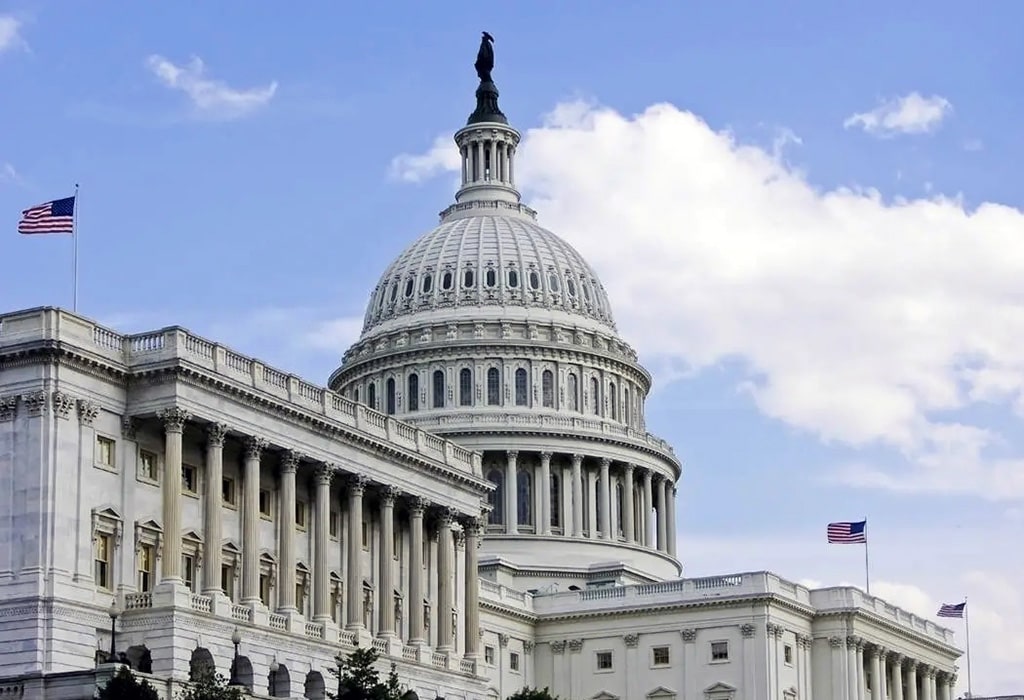
There’s no shortage of punditry out there about the fact that the U.S. government is, once again, on the precipice of closing down thanks to a budget impasse. But what about tips for investors in a government shutdown and what you should do with your portfolio during this uncertain time?
You can get a more in-depth civics lesson elsewhere if you’re not sure why this is all happening, but fundamentally, the government isn’t “out of money.” Thanks to the vagaries of our political system, the issue is the legislation that will empower federal agencies to send checks to employees and vendors—or, more precisely, the failure to pass that related budget legislation. You can also tune in to any number of talking heads to get their take on why this is and who is really to blame.
But for this piece and your financial peace of mind, we’ll cut right to the chase from a market perspective and provide three simple tips for investors in a government shutdown:
Don’t Panic
It’s disappointing to acknowledge, but these kinds of government antics are pretty normal in the U.S. The first government shutdown was way back under President Gerald Ford in 1976. The currently looming shutdown will be the 22nd on record, should it materialize.
Many Americans are tired of this mess, and after a massive 34-day shutdown that ended in 2019—the longest in history—it appears the tendency to shut down the government may only be getting more common in Washington. But keep in mind that past shutdowns have impacted “non-essential” workers, so it’s not like the entire U.S. Army will just go home for a few days. Similarly, bond markets and the stock market will continue to operate normally with some degree of their typical oversight. Some actions, like regular economic reporting, may be delayed, but capital markets and related regulatory bodies are certainly considered “essential” at this time.
Also, government shutdowns have not historically been a cause of extreme volatility by themselves. The macroeconomic picture, regarding employment inflation and the like, will continue to matter most to the market in general and your portfolio in particular.
In other words, if you want to buy or sell a stock based on its balance sheet or your long-term portfolio strategy, feel free. But don’t panic and think markets will close or that you should dump certain stocks based on the short-term pressures of a shutdown.
Watch the Treasury Bond Market
Ironically, conservatives frequently frame the debate over the budget as a discussion of fiscal responsibility. But simply by shutting down the government, there has been significant damage to America’s finances about its creditworthiness in global bond markets.
Due to a similar level of government dysfunction, Standard & Poor’s downgraded the U.S. credit rating from the highest AAA to an AA+ rating in August 2011. This tiny blemish may seem academic, but it was the first downgrade in the nation’s history – not because of deficit spending, mind you, but because of a risk Congress wouldn’t pay the nation’s bills as it should. Earlier this year, another credit rating agency, Fitch, lowered its grade on the government’s debt from AAA to AA+ as well. Specifically, Fitch noted “the erosion of governance relative to ‘AA’ and ‘AAA-rated peers over the last two decades that has manifested in repeated debt-limit standoffs and last-minute resolutions.” In other words, the repeated threat of shutdowns and defaults.
John Chambers, former chairman of the Sovereign Rating Committee at S&P Global Ratings, who held the job during the 2011 downgrade, said on Sept. 26 that the U.S. fiscal position today is even worse than it was a dozen years ago.
In short, Wall Street sees real risk here when it comes to Treasurys. And if there are higher risks, generally lenders demand higher interest rates. Particularly given the tightening going on at the U.S. Federal Reserve over the last year or two, a “risk premium” on U.S. Treasurys could make waves. That, in turn, will be one corner of Wall Street to watch amid a shutdown standoff.
Watch Consumer Sentiment in the Fourth Quarter
No, a shutdown doesn’t ruin the U.S. government or the economy. But the one thing that cannot be overstated about a shutdown is that it can have a real impact on emotions, even if it will not have immediate or critical consequences in the real world.
Interestingly enough, that psychological impact may eventually result in tangible economic consequences if it’s pronounced or prolonged enough.
This is particularly true for public sector employees who may be furloughed, or consumers who are already feeling a bit negative and don’t need another reason to be fearful. Consider that the most recent data shows almost two-thirds of U.S. workers don’t have a $500 cushion in their savings account. Additionally, the child poverty rate more than doubled in 2022 to more than 12% as COVID-era aid programs expired. When you throw in the fact that inflation has been rampant over the last year or two, it won’t take a lot of uncertainty to cause consumers to hunker down.
After all, an analysis by the nonpartisan Congressional Budget Office estimates the long-lasting 2019 shutdown reduced U.S. gross domestic product by a total of $11 billion – $3 billion of which was never to be recovered as the demand disappeared entirely, and was not made up for after the shutdown ended.
A “garden variety” shutdown may not have much of an impact. But if the shutdown drags on for more than a month, as it did last time around, it could sap consumer confidence as we enter the all-important holiday shopping season. The state of U.S. consumers is always an important indicator to watch in the fourth quarter, but that may be particularly true in 2023.
